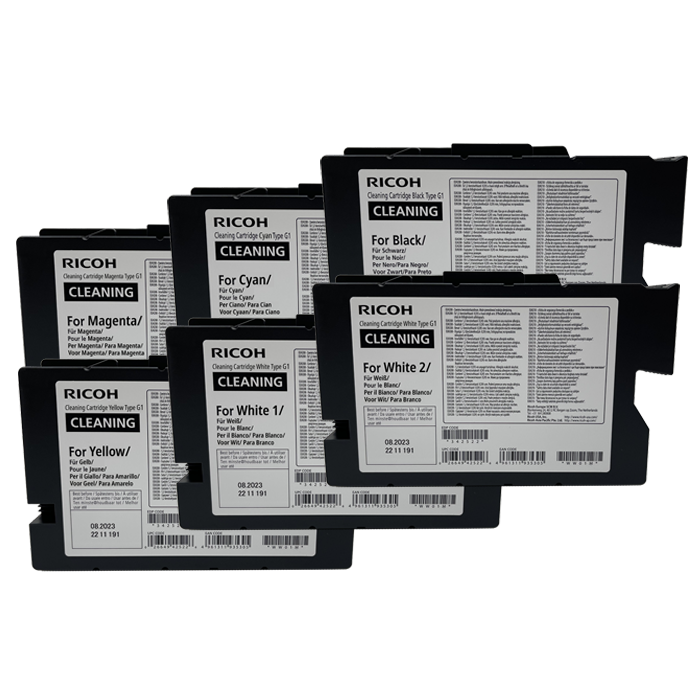
Understanding Process Printing
Paul Boody
Process printing refers to the process of printing images using the subtractive color model. Usually, the process uses the primary colors of cyan, magenta, and yellow printed on a white ground to create a full color image. The blacks created by using all three of these colors are often pale and dirty. To create cleaner and richer images, black ink is often added to the process. This creates an image using CMYK or the four color process method.
This process uses very tiny dots of those primary colors. These dots are optically mixed by the viewer to create a wide range of colors.

This process also utilizes the printing of these colors on a white ground. To print a pink, very small magenta drops are printed sparingly on a white surface. These small dots and the white background optically mix for the viewer to create a pink.
Printing on Colored Surfaces
Process printing relies on printing CMYK inks on a white surface to create accurate color. Because of this, printing on a colored surface will produce some very different results.

While this can be used to great effect, it is often not what people are looking for. To prevent this color distortion, some printers will use a layer of white ink underneath the color inks. This layer is often referred to as an underbase.
Underbases can be solid, or they can change depending on the top color. If black is being printed, there may be little reason to print solid white ink underneath it. Using different styles of underbase will produce differing results on the color print
















